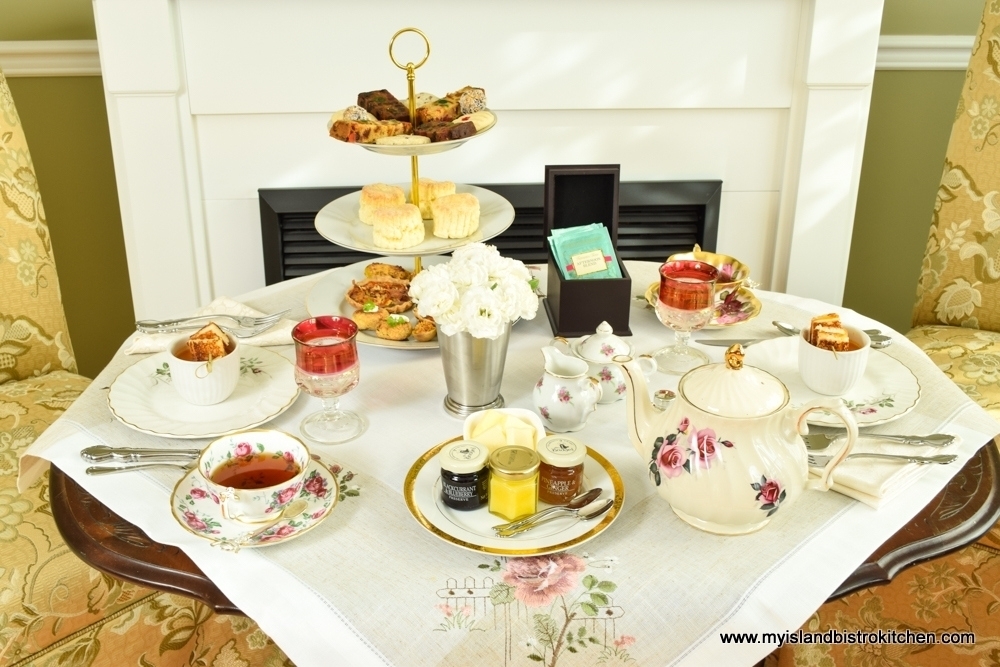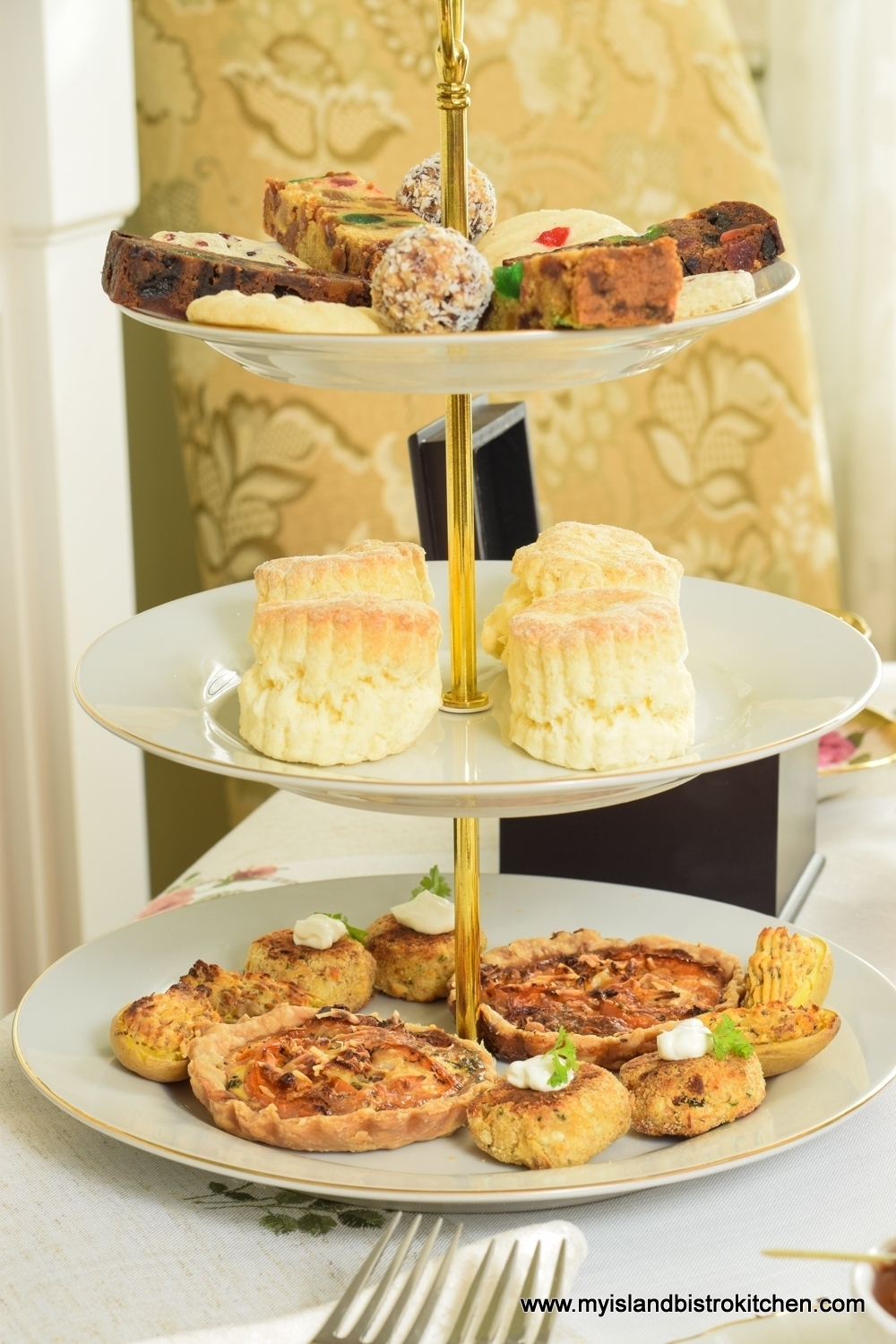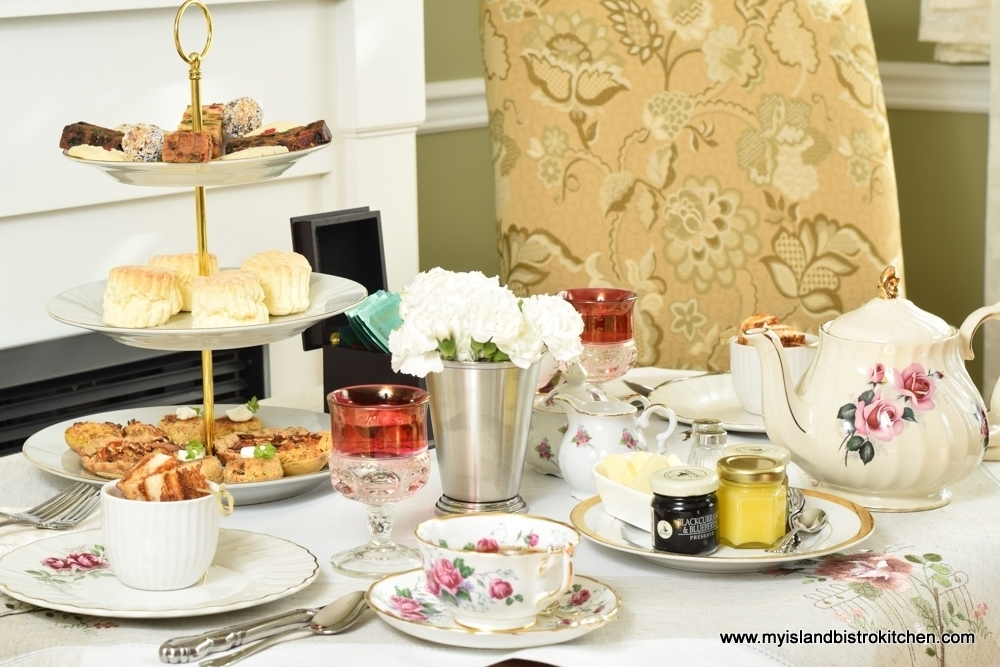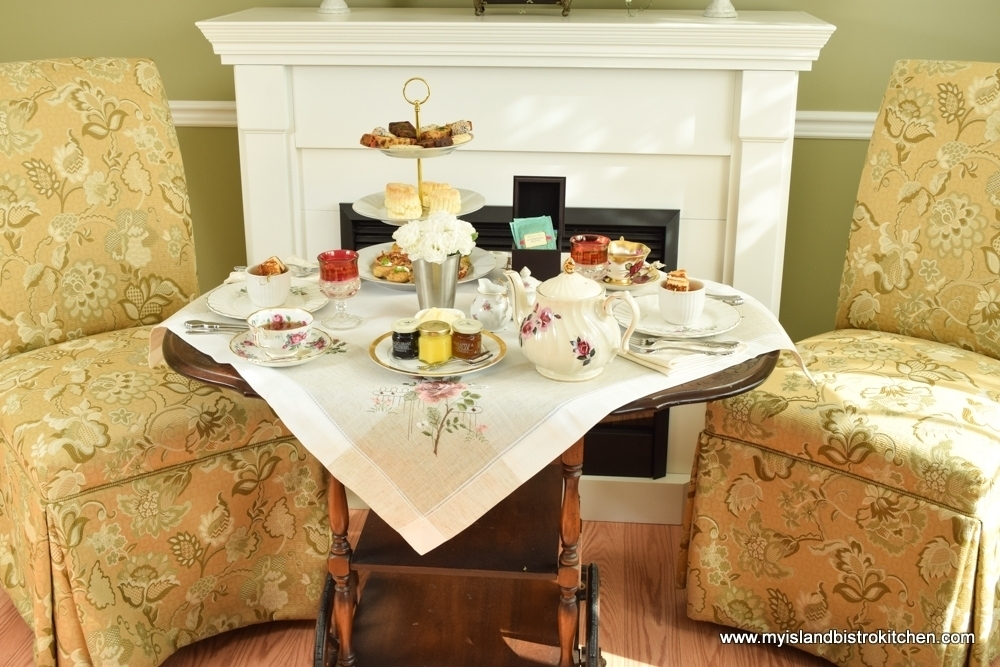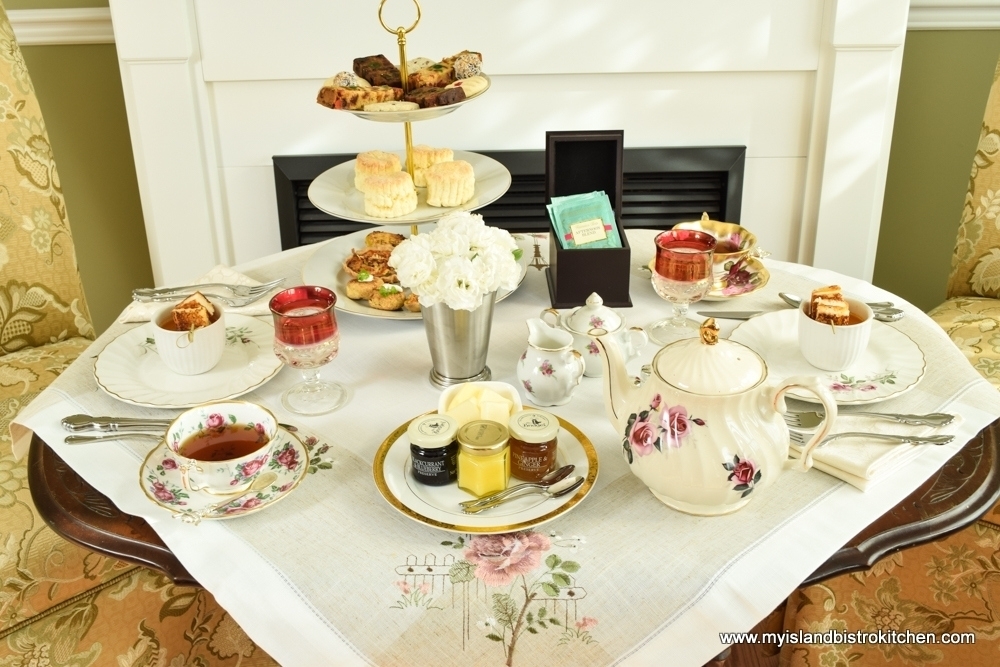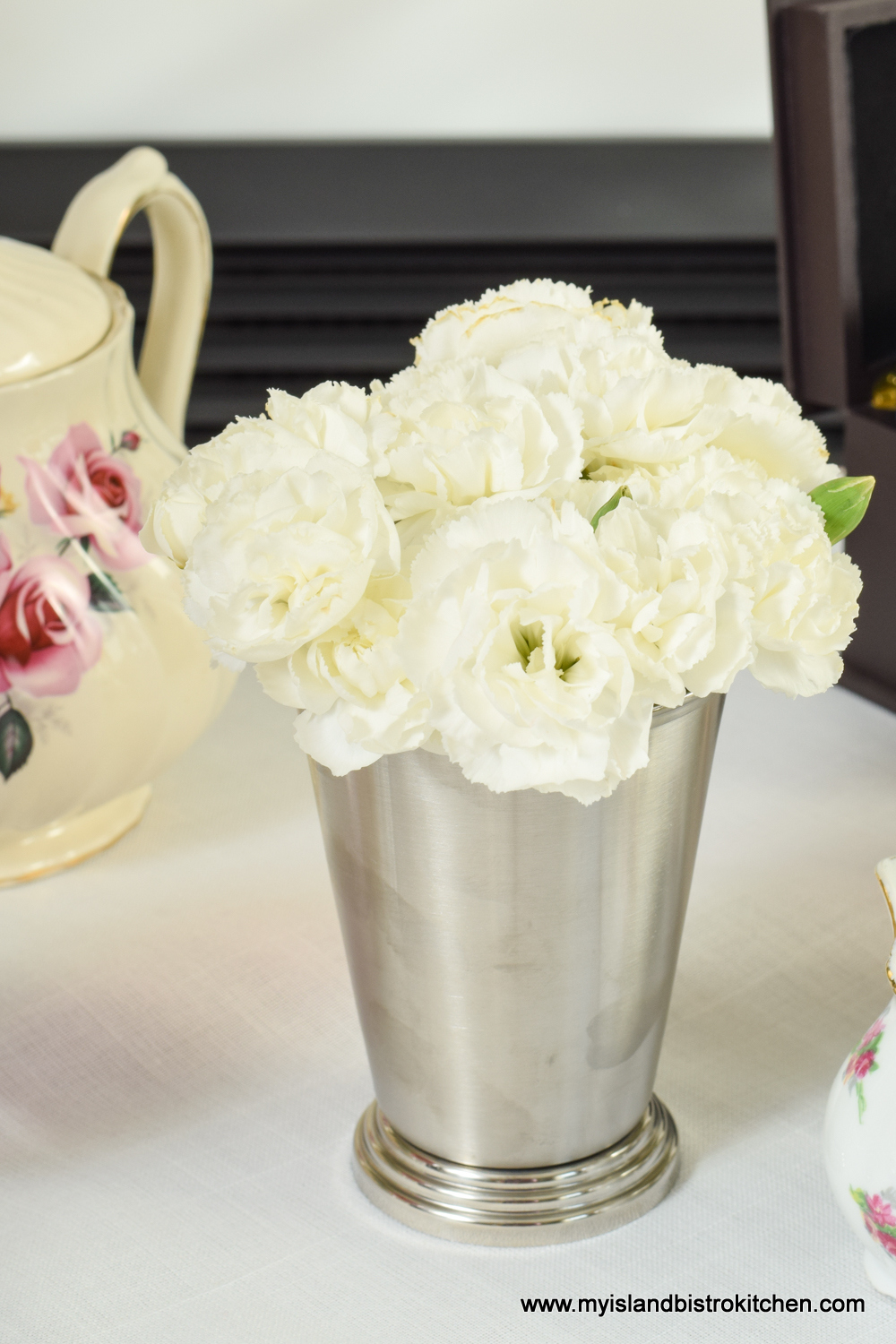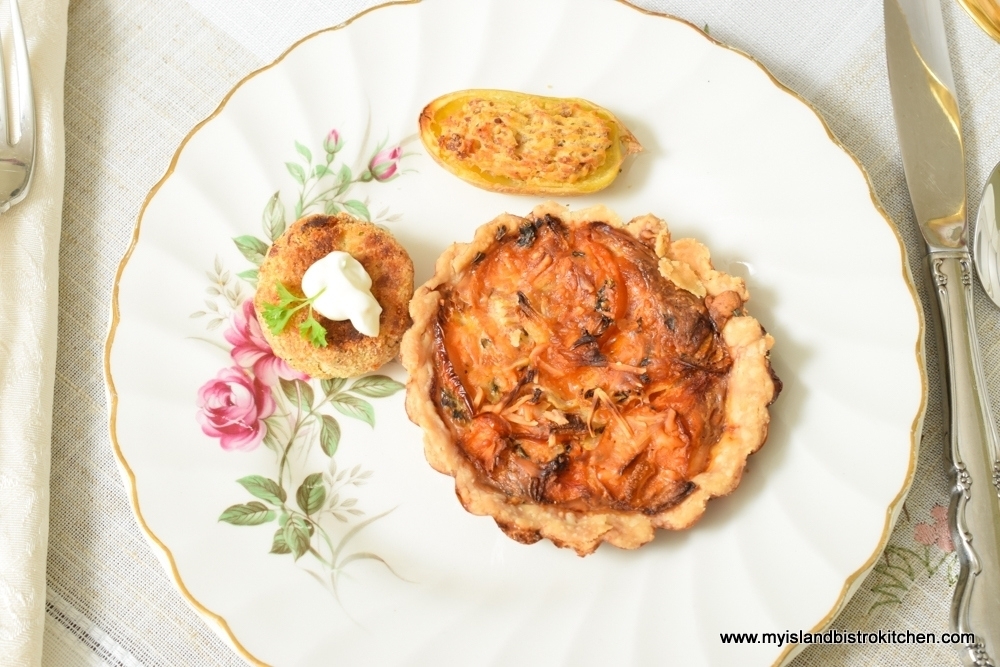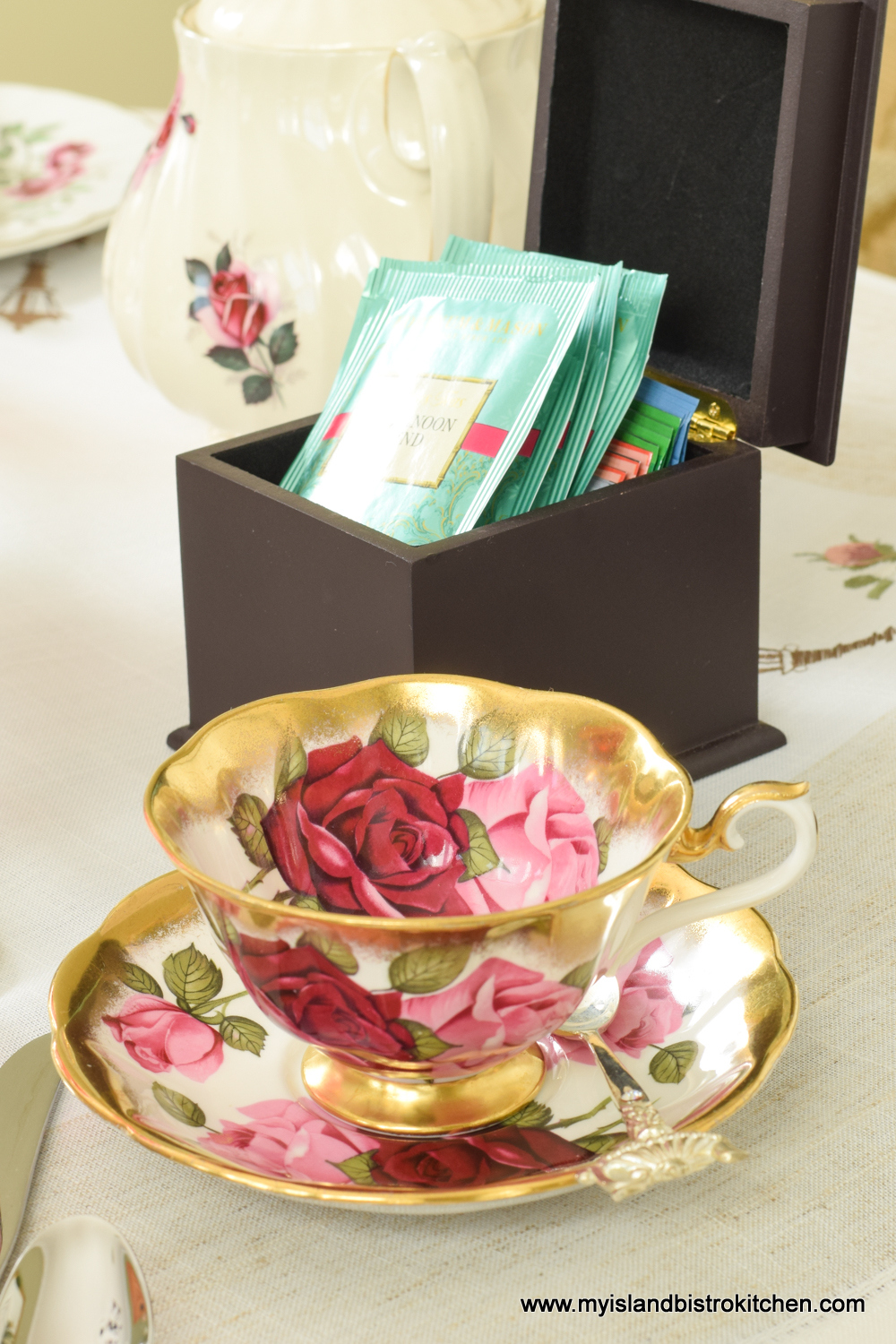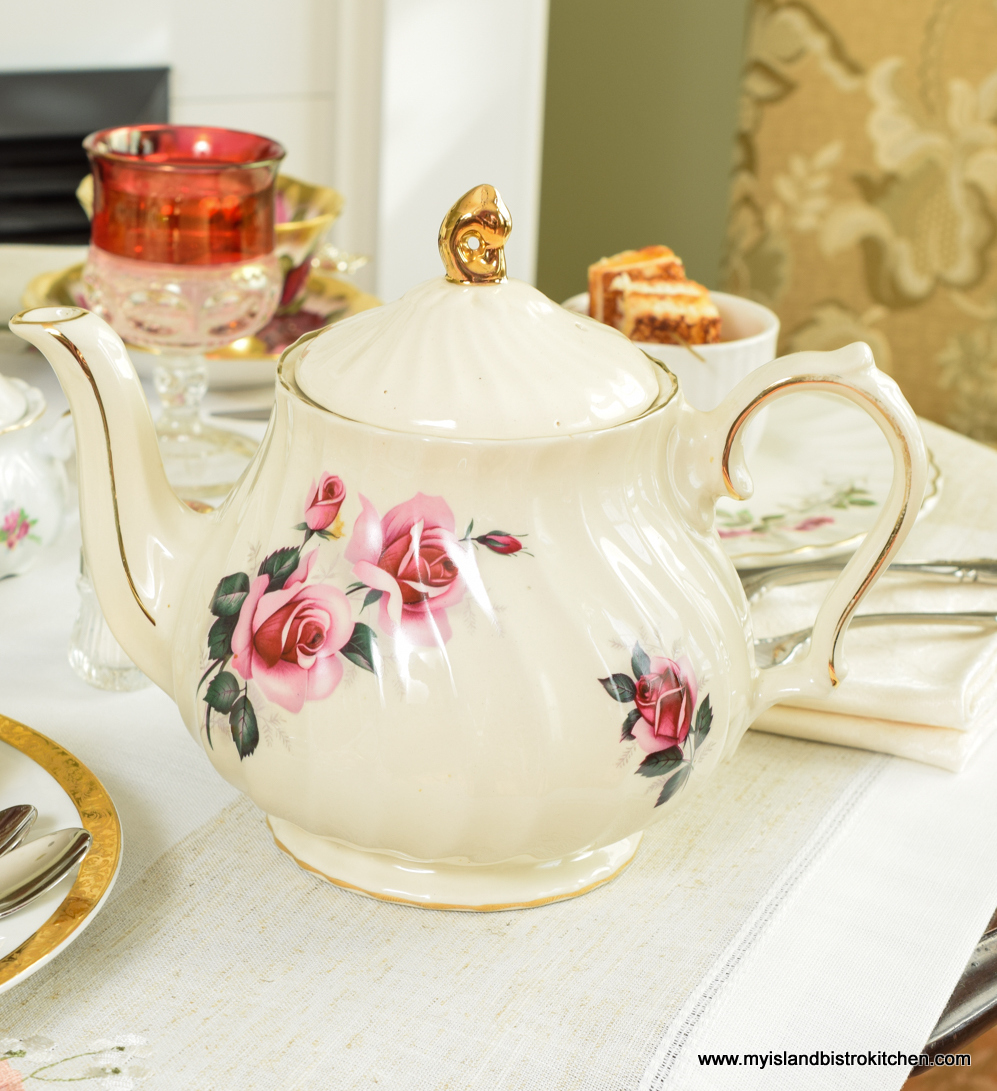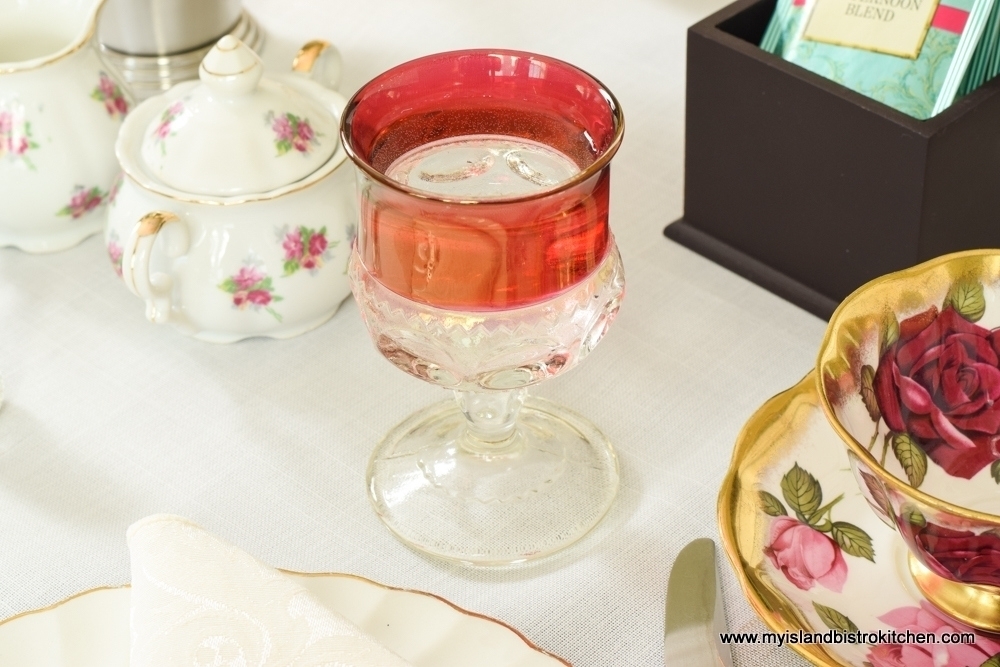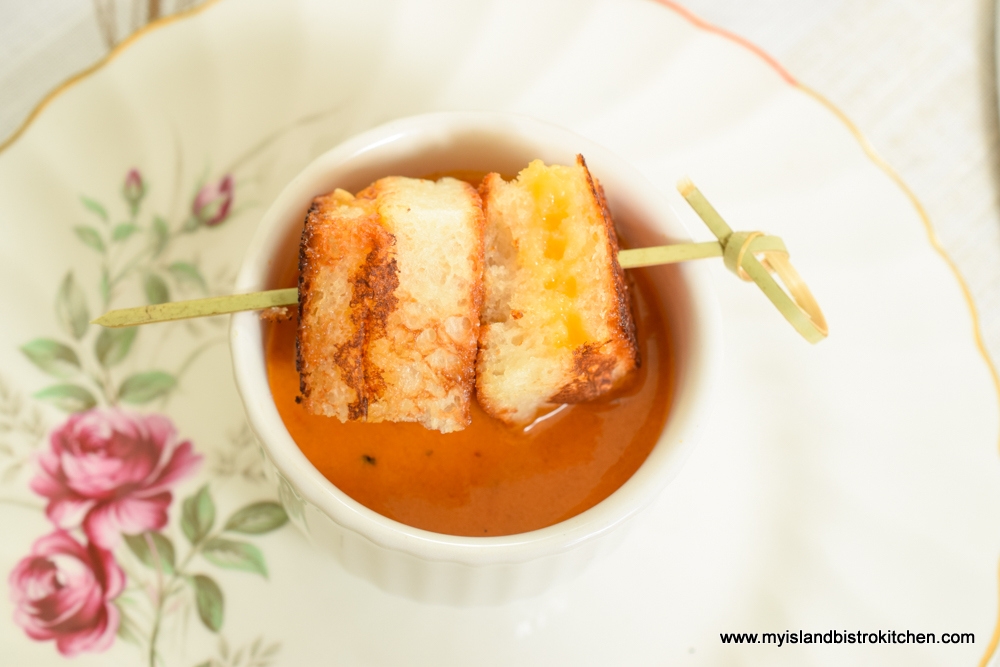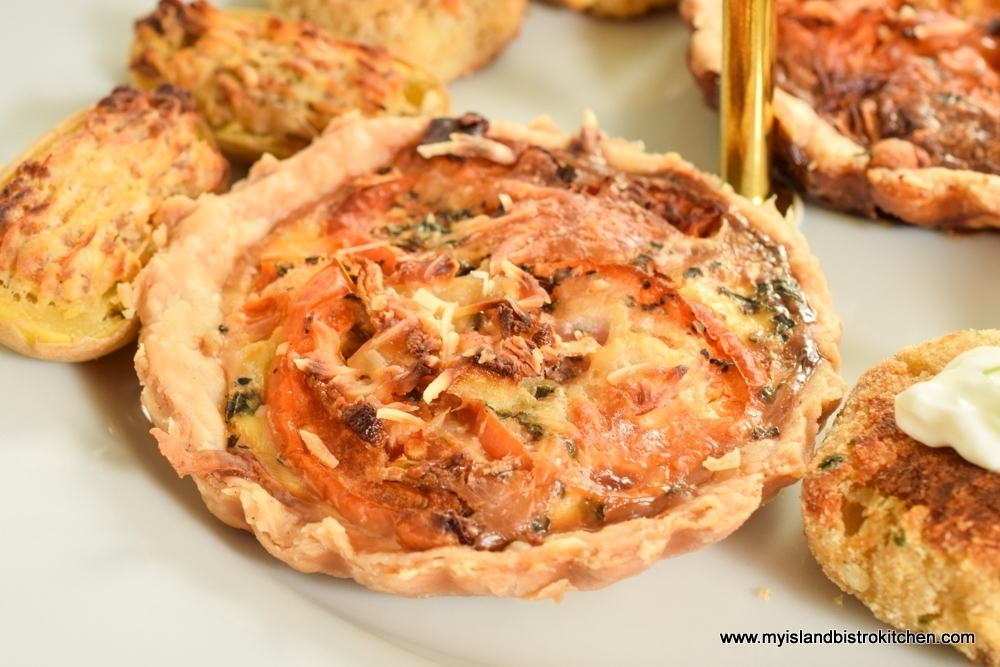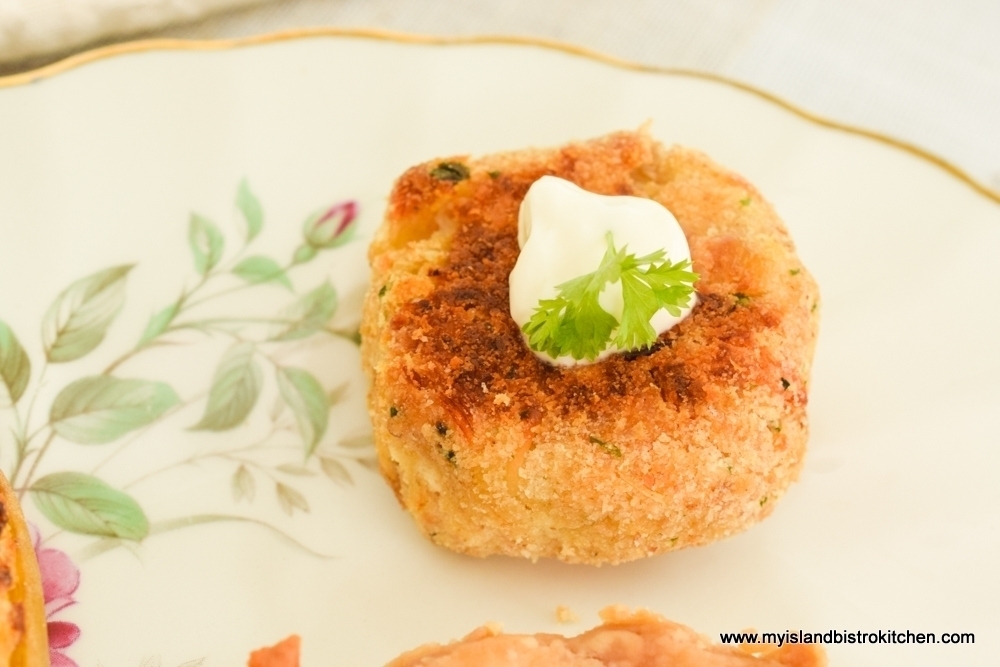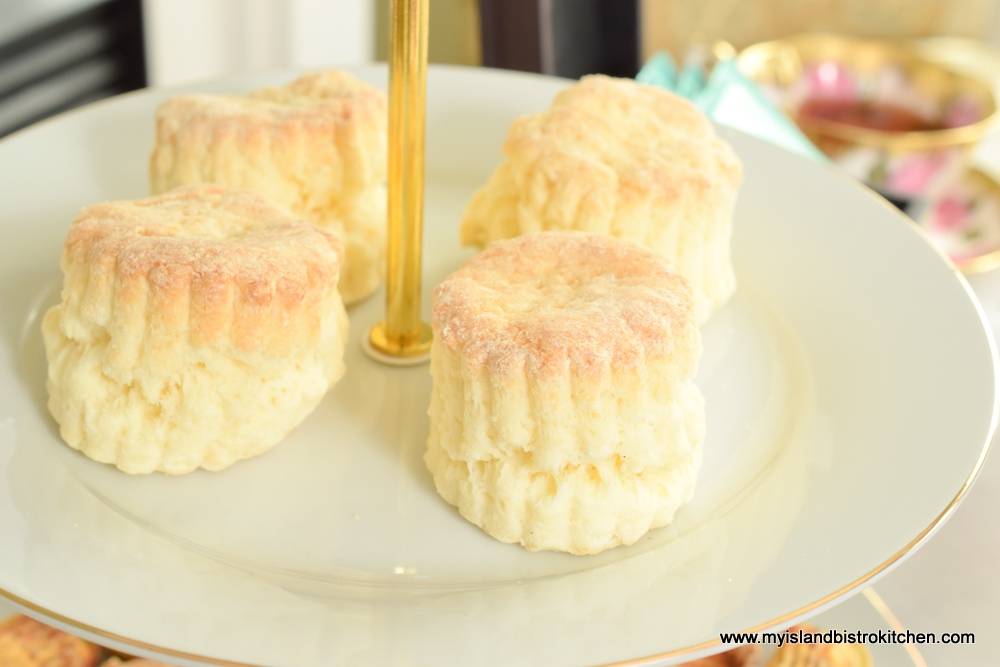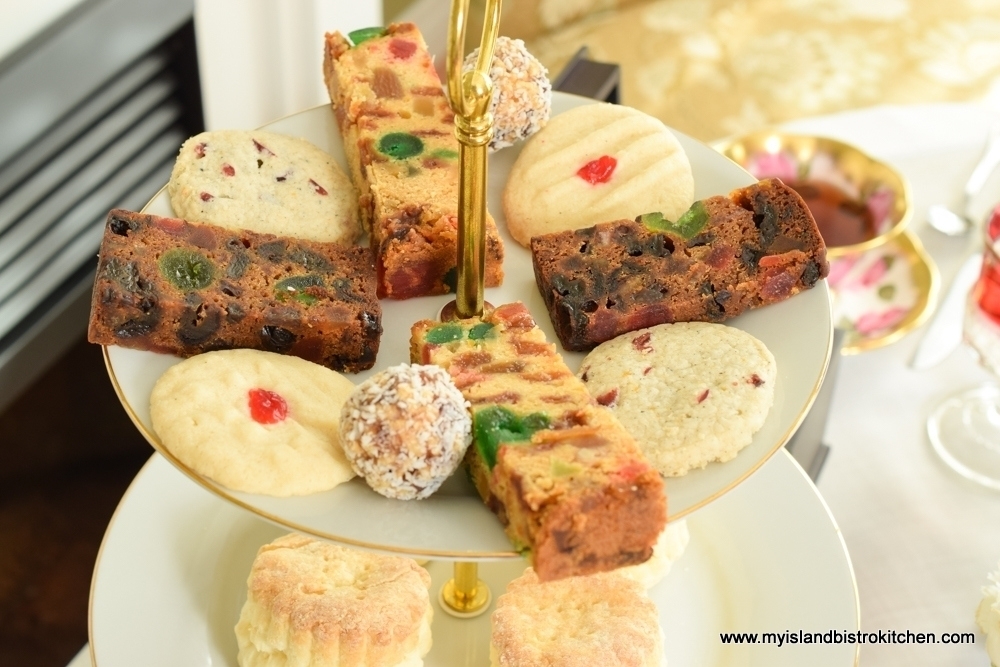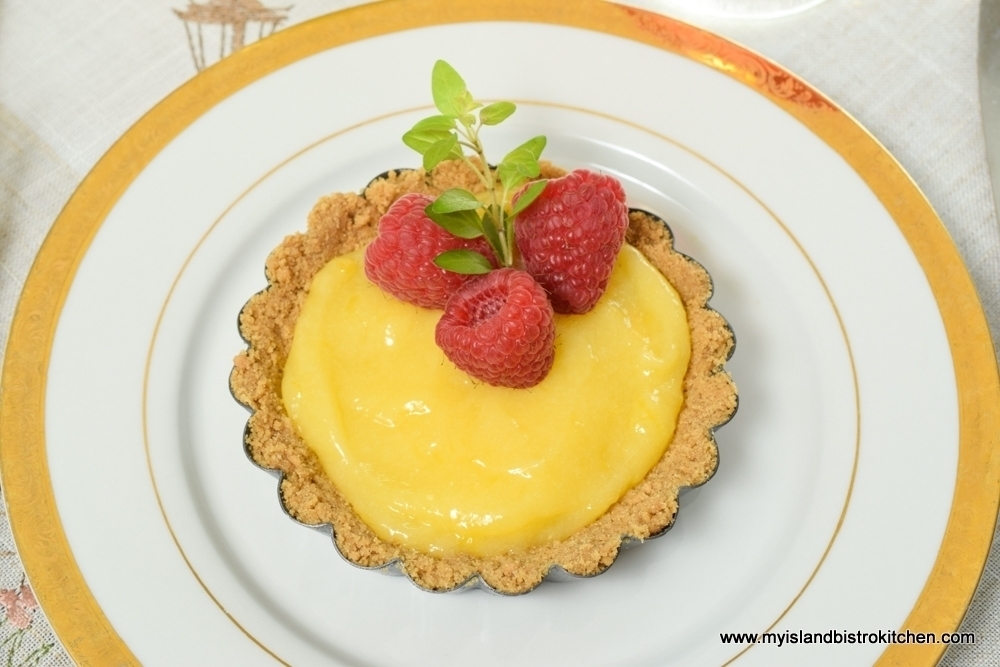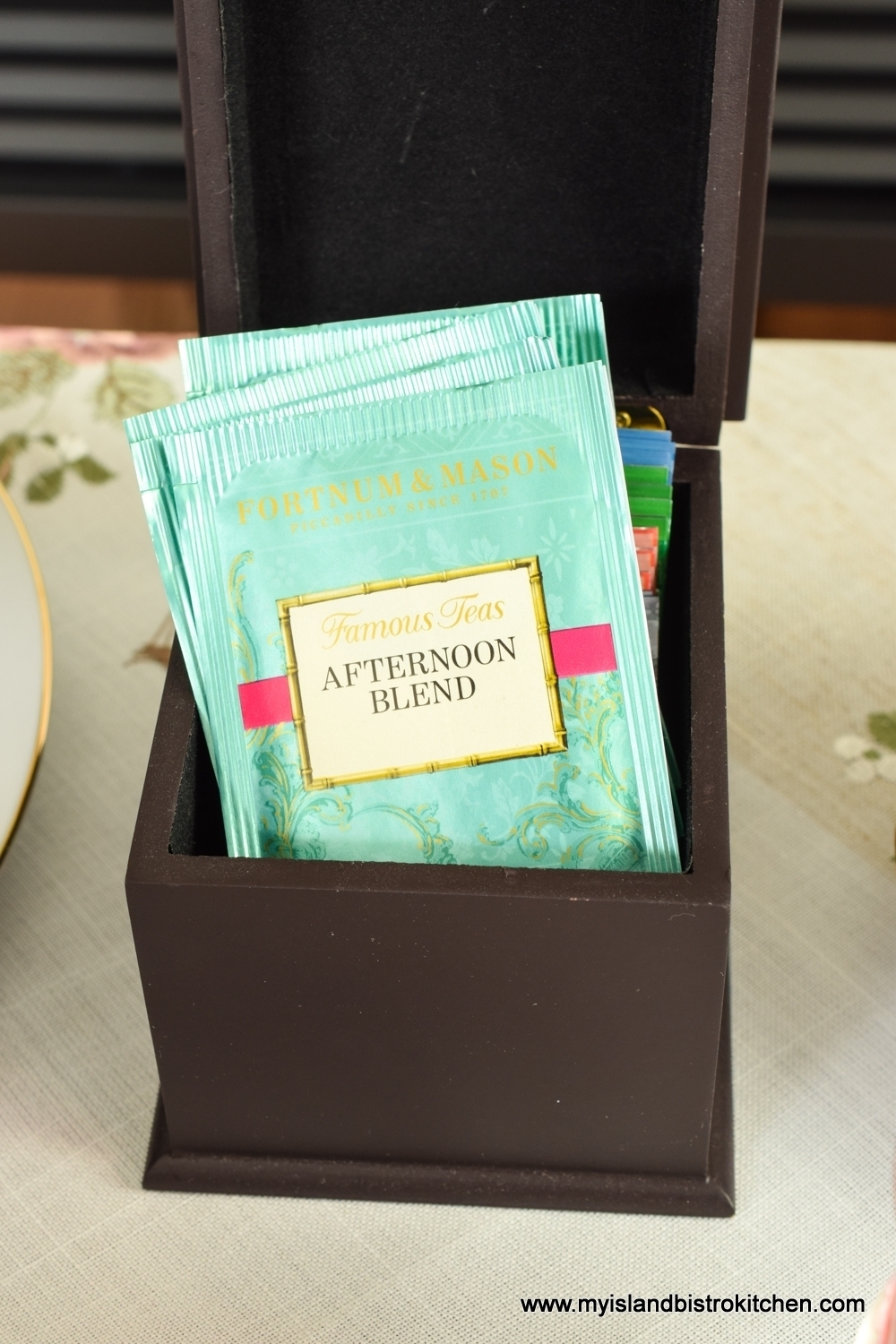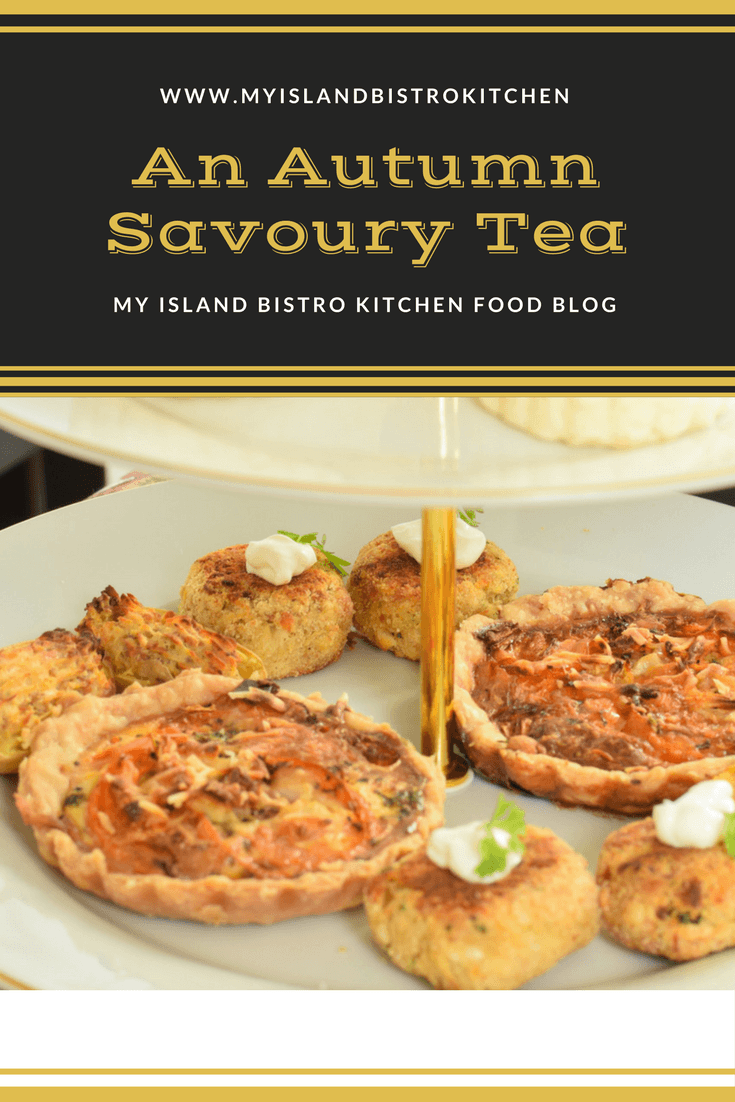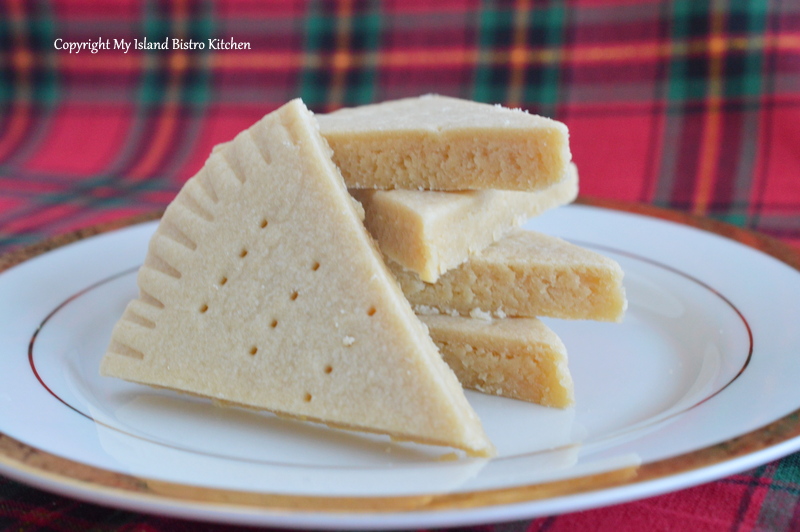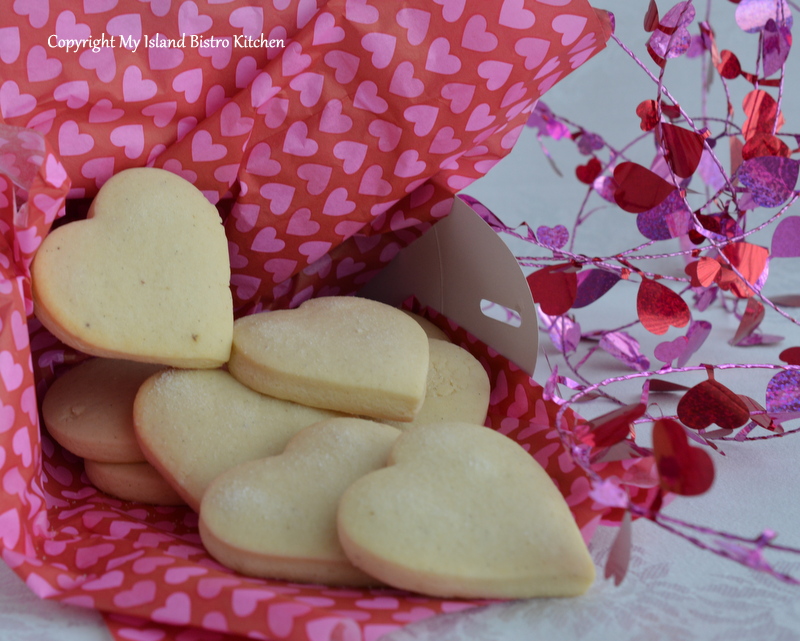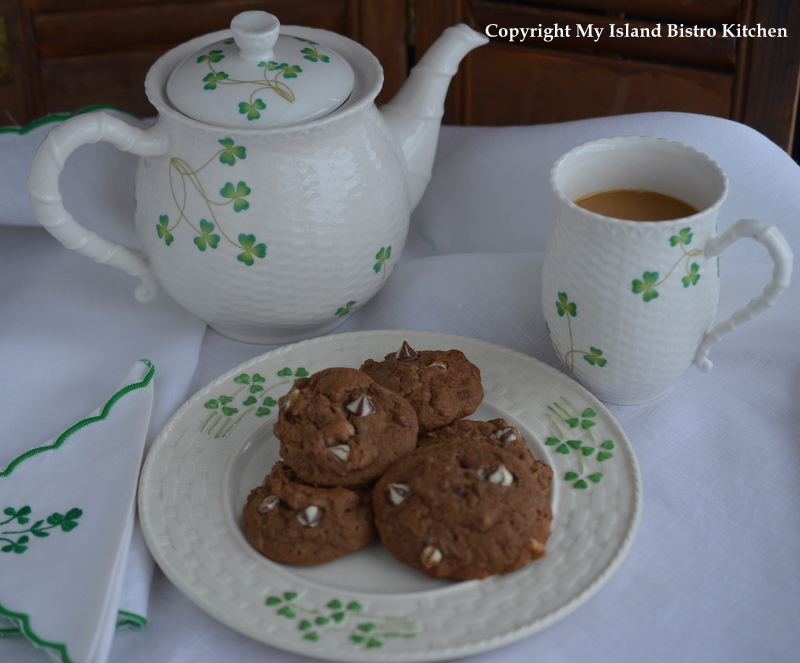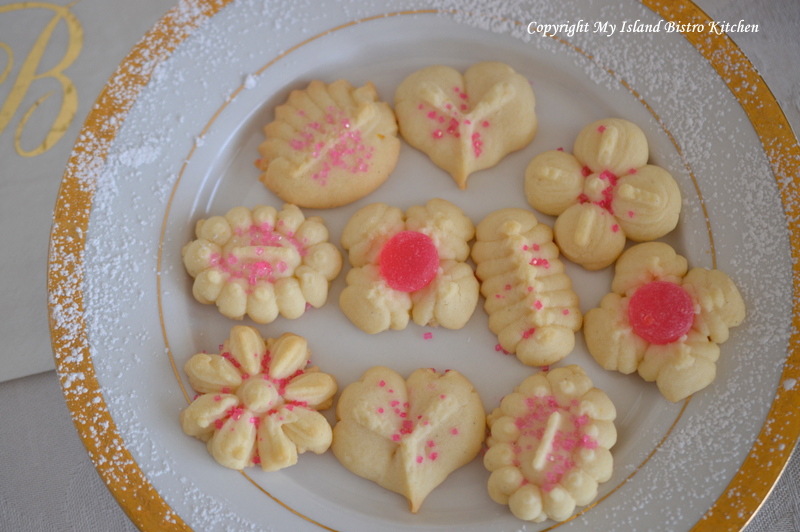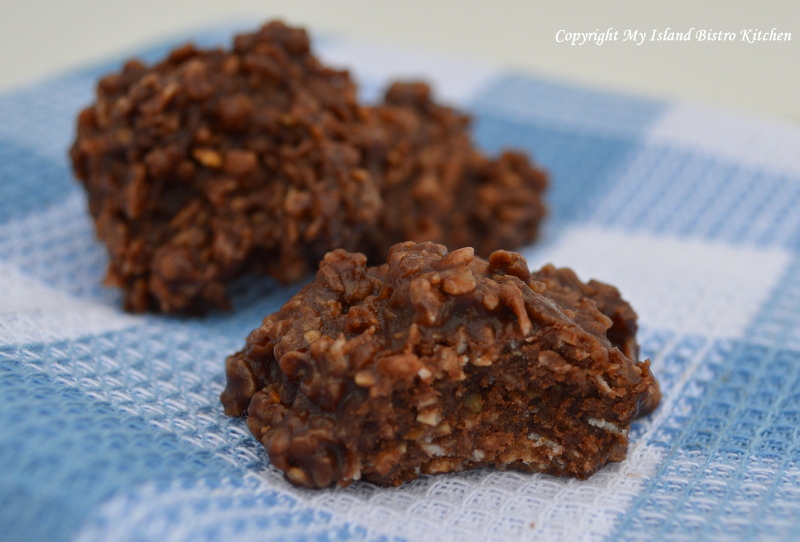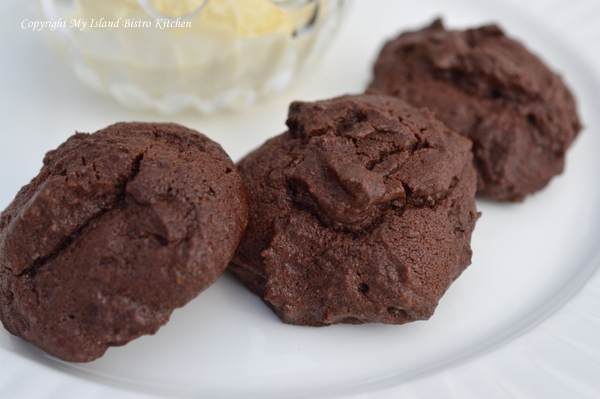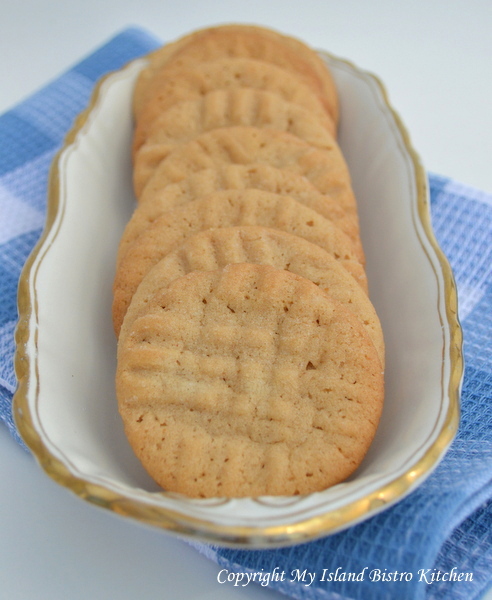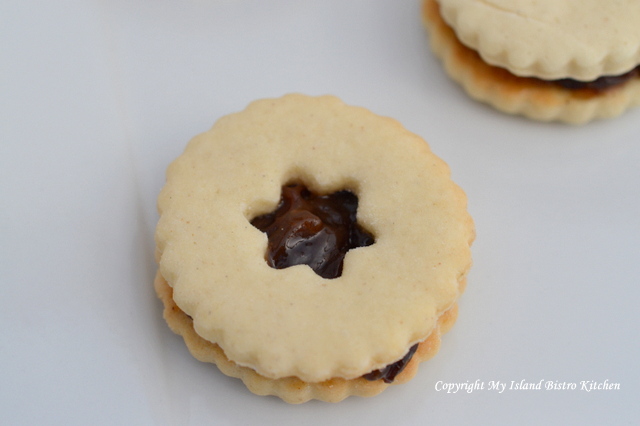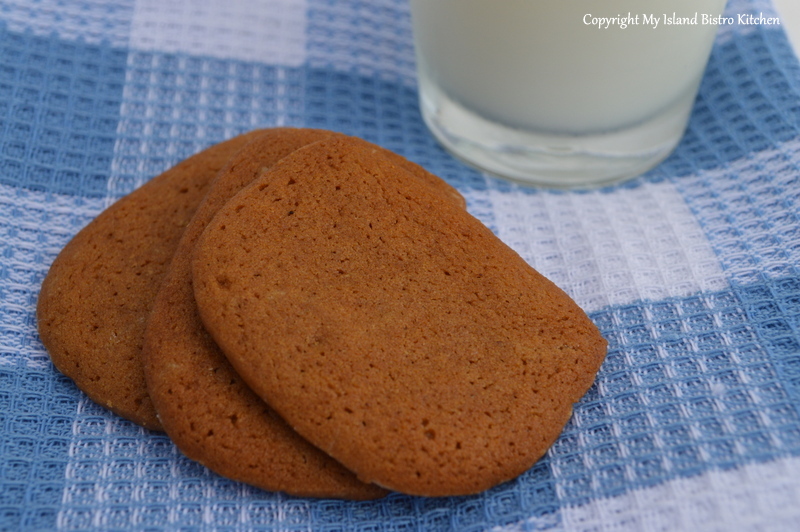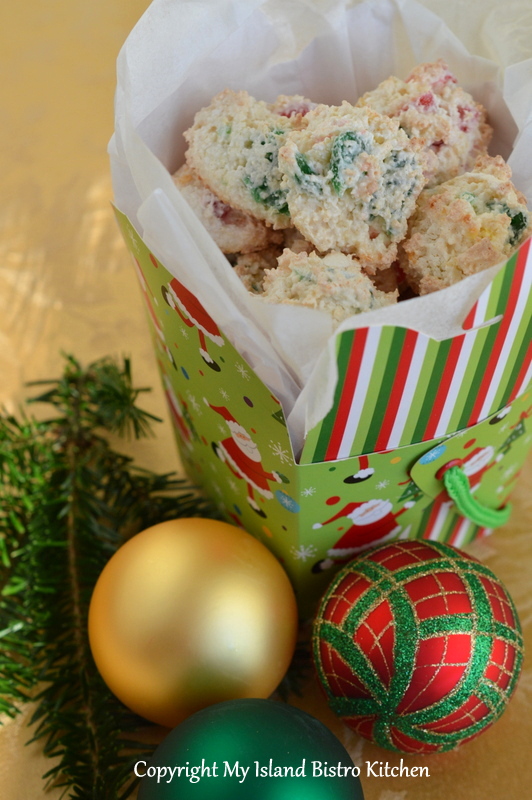
Scotch Cookies (sometimes called “Scotch Cakes”), close cousins of Shortbread, are a must-have Christmas tradition in many PEI households. They are a very common addition to holiday sweet plates. I am often asked if I have a recipe for Scotch Cookies and this is it.
The proportions of the main ingredients in these Scotch Cookies follow the holy grail ratio for traditional Scottish Shortbread – 1 part sugar, 2 parts butter, and 3 parts flour. What differentiates Scotch Cookies from traditional Scottish Shortbread are the liberties taken with ingredients for Scotch Cookies and their decorations. In that way, I suppose one could refer to Scotch Cookies as a modernized version of traditional Shortbread.

Texture of Scotch Cookies
If you have ever heard someone refer to a cookie as “short”, they mean it has a crumbly texture that melts in the mouth. This texture is achieved by producing a somewhat dry dough which comes from the high flour content in relation to the proportion of fat in the recipe. The use of icing sugar and addition of cornstarch, and only moisture that comes from the butter are also contributing factors. There will be a shortness and crispness to a well-made Scotch Cookie.
INGREDIENTS
Butter
Butter is considered an essential ingredient for which I do not recommend any substitutes in Scotch Cookies. Yes, use the good stuff in Scotch Cookies because you can taste the difference and pure butter is a main contributor to both flavor and the crumbly texture in these cookies. The cookies may be made with either salted or unsalted butter. If using unsalted butter, add ¼ teaspoon or a little more of salt to the dry ingredients.
Icing Sugar vs Granulated or Brown Sugar
While traditional Shortbread will typically be made using granulated sugar, I use icing sugar in my Scotch Cookies. Some of you may know icing sugar as powdered or confectioner’s sugar. I find this sugar gives a much more light and tender crumb in the cookies than does traditional granulated or even brown sugar (called for in some recipes). Make sure the icing sugar is sifted before measuring out the ½ cup called for in the recipe.
Additional Flavorings
Traditional Shortbread would not typically have any additional flavorings added – it’s basically just the sugar, butter, and flour in Shortbread. However, I sometimes like to add just a small amount each of pure vanilla and almond flavoring in my Scotch Cookies. These flavorings are entirely optional in this recipe. If added, they should be in very small amounts – i.e., ¼ tsp and 1/8 tsp, respectively. These cookies are meant to taste like butter and adding too much flavoring will interfere with that pure flavor so do exercise caution in how much is added.
Cornstarch
My recipe calls for 1/3 cup cornstarch to which I attribute the melt-in-your-mouth tender texture in the cookies. Mix it in with the flour before incorporating it into the butter/sugar mixture. Cornstarch works magic in combination with the other ingredients to create the “shortness” texture in the cookies.
Flour
Basic, all-purpose flour is fine to use in Scotch Cookies. No special flour is required.
No Leavening in Scotch Cookies
There is no leavening in Scotch Cookies which makes the dough great from which to cut shapes since the stiff, dry dough retains its shape during baking.

MEASURING INGREDIENTS
When measuring the icing sugar and cornstarch, as well as the flour, make sure you use an accurate measure. To measure, simply spoon the dry ingredients into the measuring cups without stirring, and then, with the flat side of a table knife, level off the excess. Do not pack the dry ingredients into the cup, tap the measuring cup with the spoon to settle the dry ingredients into the cup, or tamp the cup on the counter to make room for more. This will result in an inaccurate measure of the ingredients and may cause the dough to be overly dry if too much of these ingredients is used.
TEXTURE OF DOUGH AND CHILLING DOUGH
Shortbread/Scotch Cookie dough is considered a dry dough as no liquid is added, save for the moisture that comes from the butter. The dough texture will be soft when mixed. Placing it in the refrigerator for 15-20 minutes or so to chill will help it to firm up enough to roll out and cut out shapes. The dough for Scotch Cookies should not be over-kneaded or worked as it will get the gluten in the flour all excited and stirred up resulting in tough cookies. Just work it enough that the dough comes together and can be rolled out to about ¼“ thickness. The scraps of dough should be handled in the same manner until all the dough has been cut out in shapes. Minimal handling of the dough is one of the keys to tender Scotch Cookies.
I recommend dividing the dough in half and forming discs with each half. It is a smaller amount of dough to work with at a time, especially for gathering up and re-working the dough for the remainder of the cookie cutting.
CUTTING OUT SCOTCH COOKIES
Scotch Cookies are intended to be small, dainty cookies, about two-bite size.
Because the dough is a dry dough, it does not spread during baking. It, therefore, lends itself well to being cut with any shape of cutter desired. I recommend a cookie cutter of about 1¾ – 2” in diameter as a suitable size.

BAKING THE SCOTCH COOKIES
I use insulated cookie sheets lined with parchment paper for baking my Scotch Cookies. I find the insulated sheets give a bit more protection for the cookies from the heat. That is not to say that other cookie sheets do not work well.
The oven rack should be positioned in the center of the oven to allow good air circulation for the cookies to bake evenly. The cookies (of the size indicated in this recipe) are baked in a slow oven (300°F) for about 22-24 minutes. They will be almost the same color when baked as was the dough. They should not be brown on the edges or the underside side as they are meant to be very pale and delicate. Once removed from the oven, let the cookies rest 3-4 minutes on the baking sheet before transferring them to a wire rack to cool completely.
DECORATING SCOTCH COOKIES
A significant difference between Scotch Cookies and Shortbread is that Shortbread is left plain, unfrosted. With Scotch Cookies, however, liberties can be taken to decorate them with a small dob of icing piped in the center of each cookie which may, if desired, be decorated with a small bit of very well drained maraschino cherry, a dragée, or quinns of choice as I have done in the photos here with the holly leaves and berries. The cookies can, of course, be left unfrosted, if desired.

STORING SCOTCH COOKIES
Undecorated, the cookies can be stored in layers separated by wax paper in an airtight container in a cool location for about 4-5 days. Alternatively, they can be frozen for longer storage. If applying icing and decorations to the cookies, I recommend doing so just before serving. This will ensure no damage occurs to the icing or decorations during storage plus the cookies are easier stored in layers, undecorated.
[Printable recipe follows at end of post]
The Bistro’s Scotch Cookies
Ingredients:
1 cup salted butter, room temperature
½ cup sifted icing sugar (aka confectioner’s sugar or powdered sugar)
¼ tsp vanilla (optional)
1/8 tsp almond flavoring (optional)
1½ cups all-purpose flour
1/3 cup cornstarch
Method:
In bowl of stand mixer fitted with paddle attachment, cream the butter at medium speed until it is light in color and very soft and smooth, about 3-4 minutes. Reduce the speed and gradually add the icing sugar, continuing to beat the mixture until blended and smooth, stopping to scrape the sides of the bowl with a rubber spatula if required. Beat in the vanilla and almond flavoring, if using.
Sift the flour and cornstarch together. With mixer set on low speed, add the dry ingredients and mix until all are incorporated, stopping to scrape the sides of the bowl with a rubber spatula as required. Mixture will be soft. Divide dough in half and form each half into a disc shape. Wrap discs separately in plastic wrap and chill in refrigerator for about 15-20 minutes, or just until dough becomes firm enough to roll out.
Position oven rack in center of oven and preheat oven to 300°F. Line cookie sheet(s) with parchment paper.
Remove dough from refrigerator and, on very lightly floured surface, roll each disc of dough evenly to approximately ¼“ thick. With lightly floured cookie cutter of choice about 1¾“ – 2” in diameter, cut out shapes and transfer cookies to prepared baking sheet. Gather and re-roll scraps of dough until all dough has been used up and cut out into shapes, being careful not to overwork dough. Place cookies about 1½” apart on the prepared baking sheet(s). Bake 22-24 minutes, or until cookies are just set. Cookies will be very light colored. Note that baking times will need to be adjusted if other sized cookie cutters are used.
Remove cookies from oven and leave on baking sheet for about 3-4 minutes before, using a flat cookie lifter, transferring them to wire rack to cool completely.
Cookies may be left plain or a small dab of icing may be piped on to center of each cookie and then, if desired, topped with a small bit of well-drained maraschino cherry, dragée or quinns of choice.
Yield: Apx. 3 – 3½ dozen cookies. [Note that exact yield will depend on thickness to which dough is rolled and the size of cutter used.]
If you have made this recipe and enjoyed it and/or wish to share it with your friends and family, please do so on social media but be sure to share the direct link to this posting from my website.
Connect with My Island Bistro Kitchen by:
Joining the Facebook page for My Island Bistro Kitchen: https://www.facebook.com/MyIslandBistroKitchen/
Following “the Bistro” on Twitter: https://twitter.com/PEIBistro/
Seeing the drool-worthy gallery of mouth-watering food photos from My Island Bistro Kitchen on Instagram: https://www.instagram.com/peibistro/
Following “the Bistro” on Pinterest at https://www.pinterest.ca/peibistro/
(and you can pin the Pinterest-ready photo(s) below to your favorite Pinterest boards)
PIN ME TO PINTEREST!
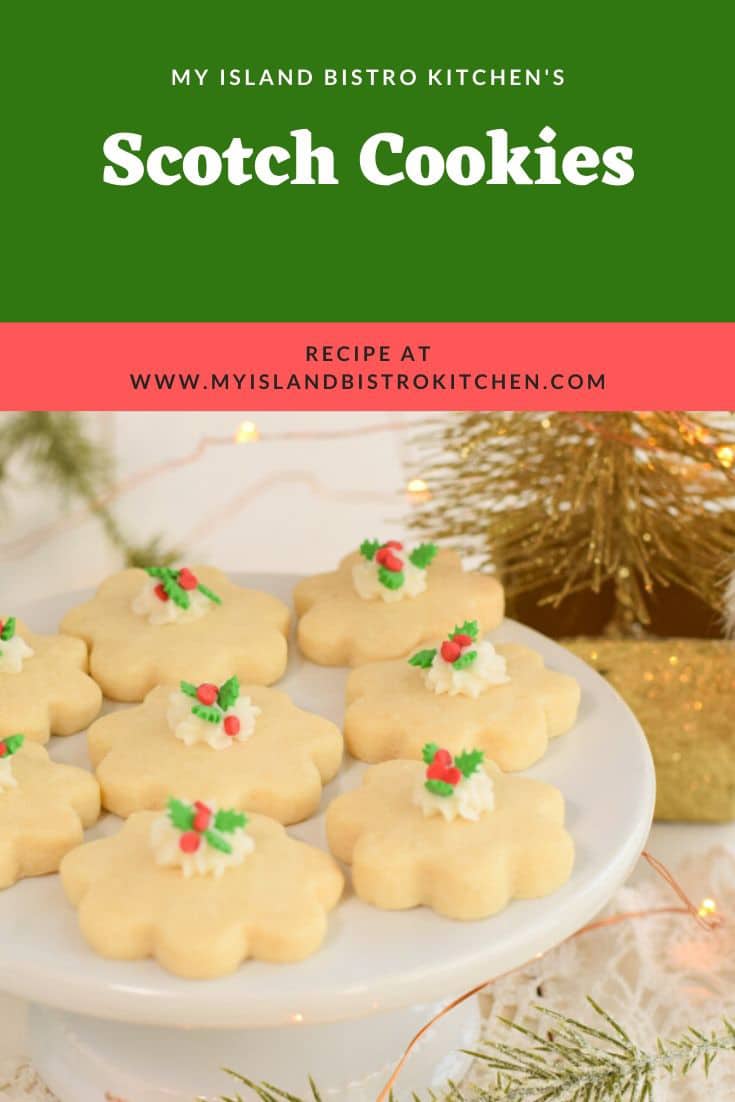

PRINTABLE RECIPE:

The Bistro’s Scotch Cookies
Ingredients
- 1 cup salted butter, room temperature
- ½ cup sifted icing sugar (aka confectioner’s sugar or powdered sugar)
- ¼ tsp vanilla (optional)
- 1/8 tsp almond flavoring (optional)
- 1½ cups all-purpose flour
- 1/3 cup cornstarch
Instructions
- In bowl of stand mixer fitted with paddle attachment, cream the butter at medium speed until it is light in color and very soft and smooth, about 3-4 minutes. Reduce the speed and gradually add the icing sugar, continuing to beat the mixture until blended and smooth, stopping to scrape the sides of the bowl with a rubber spatula if required. Beat in the vanilla and almond flavoring, if using.
- Sift the flour and cornstarch together. With mixer set on low speed, add the dry ingredients and mix until all are incorporated, stopping to scrape the sides of the bowl with a rubber spatula as required. Mixture will be soft. Divide dough in half and form each half into a disc shape. Wrap discs separately in plastic wrap and chill in refrigerator for about 15-20 minutes, or just until dough becomes firm enough to roll out.
- Position oven rack in center of oven and preheat oven to 300°F. Line cookie sheet(s) with parchment paper.
- Remove dough from refrigerator and, on very lightly floured surface, roll each disc of dough evenly to approximately ¼“ thick. With lightly floured cookie cutter of choice about 1¾“ – 2” in diameter, cut out shapes and transfer cookies to prepared baking sheet. Gather and re-roll scraps of dough until all dough has been used up and cut out into shapes, being careful not to overwork dough. Place cookies about 1½” apart on the prepared baking sheet(s). Bake 22-24 minutes, or until cookies are just set. Cookies will be very light colored. Note that baking times will need to be adjusted if other sized cookie cutters are used.
- Remove cookies from oven and leave on baking sheet for about 3-4 minutes before, using a flat cookie lifter, transferring them to wire rack to cool completely.
- Cookies may be left plain or a small dab of icing may be piped on to center of each cookie and then, if desired, topped with a small bit of well-drained maraschino cherry, dragée or quinns of choice.
Recipe Notes
Yield: Apx. 3 – 3½ dozen cookies. [Note that exact yield will depend on thickness to which dough is rolled and the size of cutter used.]
(Copyright My Island Bistro Kitchen)

